Classic Systems Emulated: Windows 3.0 (Part 3)
The Applications
Windows 3.0 became a massive success. Despite that, DOS
still reigned supreme during the early 90's, and DOS applications still
dominated the corporate and home setting. Many people were using
existing DOS applications like Lotus 123 and WordPerfect. At launch,
Windows was primarily used for simple task provided by the applets or
playing Solitaire. Massive projects, like typing a reports or
manuscript, composing massive spreadsheets
with large amounts of data, or building a database, was still primary
done within DOS. For those with powerful 386 or 486 systems, Windows 3
became the killer applications that allowed many to multitask their DOS
applications at the same time, sharing data between then and Windows as
well.
While successful, the user experience of Windows was limited by
the hardware that people ran it on. Windows 3.0 was very demanding on
286 and many slower 386-based systems. Also, the programs written for
Windows 2.x would only run on 3.0 in real mode. Windows 3.0 handled
memory different compared to the previous versions and thus, those
earlier applications couldn't run in Standard or 386 Enhanced Modes.
As a result, these applications would need to be updated to
support the new environment. At release, their weren't that many
applications that supported Windows 3. Within 2 year, that would change
quickly though. With it's success, Microsoft became fully committed to
the platform, releasing both developers tools in the form of a SDK
(Software Development Kit) for programmers and a DDK (Driver Development
Kit) for manufactures to write drivers for Windows for various hardware
peripherals. The DDK allowed many hardware companies to write various
drivers for printers, scanners, video adapters, etc.
Software developers quickly embraced the new platform, and soon,
the marketed began to proliferate to applications to support the new
version of Windows. Some software companies, like Aldus with PageMaker,
updated their previous programs to support the new Windows release.
Other were writing new ports of existing DOS applications, like Lotus
Software with their spreadsheet, 123, and WordPerfect Corporation with
the Windows port of their famous word-processor, WordPerfect.
Windows 3.1 was where the general migration from DOS to Windows
began. With that noted, 3.0 was the first of Windows that encountered
widespread adoption.
Various Applications
By 1992/1993,
their were various applications that could run on Windows. Aldus
released PageMaker 4.0, which support the new features provided by
Windows.Claris, Apple's Software Subsidiary, released ClarisWorks for Windows as well.While
it was released for 3.1, it has no issues running under 3.0 as well.
Windows 3 became a popular platform for companies released their own
integrated software programs for it. A integrated software program is a
piece of software which combines a spreadsheet, word-processor, simple
database, and communications package into one program. An example of
this is Microsoft Works, which was also updated for version 3.
Integrated software programs though only provided simple functionality
compared to dedicated programs like Word, Access, of Excel.
One of the reasons for the popularity of integrated software programs was that individual programs like Word, Excel, Ami-Pro, or Lotus 123 could were very demanding on that early 90's PC. For example, a 386 PC with 4MB's of RAM often had enough memory to run Windows itself along with one demanding application, but nothing more beyond that. The PC becomes very slow when more demanding programs ran at the same time. It has to be reminded that memory was still quite expensive in those days, so a upgrade wasn't really a possibility for many budgets. As such integrated software packages like ClarisWorks and MS-Works were popular for many Windows users who often encountered memory constraints.
One of the reasons for the popularity of integrated software programs was that individual programs like Word, Excel, Ami-Pro, or Lotus 123 could were very demanding on that early 90's PC. For example, a 386 PC with 4MB's of RAM often had enough memory to run Windows itself along with one demanding application, but nothing more beyond that. The PC becomes very slow when more demanding programs ran at the same time. It has to be reminded that memory was still quite expensive in those days, so a upgrade wasn't really a possibility for many budgets. As such integrated software packages like ClarisWorks and MS-Works were popular for many Windows users who often encountered memory constraints.
While 16-bit Windows port of GNUplot, a open-source plotting
application; prefers Windows 3.1, it will still run on 3.0 as well. The
readme file for 16-bit GNUplot describes how to run the program on 3.0.
It's not the most stable of applications though, and tends to crash
after exit.
As computers became more powerful, they started to gain new features, like the ability to use higher resolution displays. As such, desktop publishing, which was widely done on a Mac, was finding it's way more and more on the PC in the form of Aldus PageMaker and Ventura Publishing. Aldus was no stranger to Windows, supporting the platform since the Windows 1.x days. It only seemed natural for Aldus to update PageMaker to version 3. Ventura publishing brought the power of desktop publishing to Windows. Eventually, Microsoft would release Publisher into the DTP mix as well. These applications made the declaration that desktop publishing wasn't reserved only for the Mac anymore.
As SVGA adapters became more common, photo-editing, a task that was also largely reserved for the Mac; started to become more common on Windows. Along with MS-Paint for beginners, ZSoft PhotoFinish allowed photo editing under 3.0. Although it's no Adobe PhotoShop, which was still Mac-only at this point; PhotoFinish came with many features, and supported the PCX, BMP, and GIF image formats.
The Program Manager that came with Windows
wasn't the most intuitive program launcher. Norton released their own
launcher in the form of Norton Desktop, which also bundled a virus
scanner for Windows as well. Norton was also known for incorporating
bench-marking tools with Desktop as well. Norton Desktop also included a
niffy system identifier listing the computer specs for the PC that it's
running on.
PCEM was able to run virtually everything that I threw at it.
Also, PCEM is emulating the Tseng ET4k SVGA adapter, which has driver
support for Windows. Actually, The Windows 3.1 drivers for the ET4k SVGA
adapter works well with 3.0 as well, providing that high resolution,
high color (by 1992 standards) display. Windows 3.0 is running at 800 by
600, 256 colors. The emulated computer has 4MB's of RAM and emulating
the AMD 386 running at 40MHz. The AMD 386 put the Intel processors to
shame, even in those days. The emulation seems very solid on my host
hardware, which is a AMD-FX Quad Core running at 3.8GHz with 16GB's of
RAM. Power that should be enough to emulate a classic AT-386 class
system from the early 90's. Granted, a emulated setup would have been
very top of the line by PC standards back in the day. However, the
hardware arms race was going on, and the 486 processors were rapidly
taking over.
Lotus was king in the DOS world. However, they were slow to embrace Windows.The first version of Lotus 123 for Windows wasn't released until 1992.By
this point, Microsoft Excel, which dominated the spreadsheet market on
the Mac; repeated it's success on Windows as well. Despite this setback,
Lotus 123 for Windows still found a healthy following though. Also,
Lotus found success on Windows in other ways. Ami, a word processor
originally developed by Samna Corporation (often credited as the first
word-processor for Windows), was acquired by Lotus and renamed as
Ami-Pro. It gained a strong following in the Windows marketplace, being a
very formidable competitor to MS-Word. Eventually Lotus decided to
bundle 123, Ami-Pro, and Freelance Graphics, a presentation software
package comparable to PowerPoint; into a office suite marketed as Lotus
SmartSuite. Despite the applications sporting different features, they
had a similar user interface which allowed users to quickly move between
the programs quickly, shortening the learning curve of the applications
in the process. Data could also be shared between these programs as
well via OLE, which will be described later in this article.
WordPerfect
WordPerfect
dominated the DOS word-processor market as well. It only seemed natural
that they would support Windows as well, and eventually, they released a
version of WordPerfect for Windows. However, the
first release of WP Windows was not that well received.
The
first Windows version used a DOS installer, wasn't that stable, and the
WordPerfect shortcut keys, which its user base knew like the back of
their hands; conflicted with the Windows shortcut keys. For
example, Alt-F4, which was the block text command in WordPerfect; would
cause the program to close as Windows mapped that key combination as
program exit. It was
complicated by word-processing standards, and was largely panned. Later
versions of WordPerfect corrected many of the issues that plagued the
first version. By that point though, WPWin fell behind both Lotus Ami
Pro and Microsoft Word. Despite this, WordPerfect for Windows found a
dedicated following.
Microsoft Office
Microsoft made a
total commitment to Windows. OS/2 wasn't catching on, and the primary
reason for this was the lack of applications. Programs were slow to
arrive. As such, the Redmond giant realized that in order for the new
version of Windows to be successful, their needs to be applications that
the user can user to exploit the power of the new platform.
Microsoft Word and Excel were quickly updated for the new platform. Not only that, in time, Access, a very advance database program, would be released on 3.0 as well. PowerPoint, a presentation program that Microsoft got from its acquisition of Forethough, Inc; would be released on Windows as well. The first version of PowerPoint, released in 1987, was Mac-only program as the original developers, Robert Gaskins and Dennis Austin, developed it on the Macintosh. After being acquired by Microsoft, PowerPoint was ported and updated to support the new features of Windows 3.
Microsoft Word and Excel were quickly updated for the new platform. Not only that, in time, Access, a very advance database program, would be released on 3.0 as well. PowerPoint, a presentation program that Microsoft got from its acquisition of Forethough, Inc; would be released on Windows as well. The first version of PowerPoint, released in 1987, was Mac-only program as the original developers, Robert Gaskins and Dennis Austin, developed it on the Macintosh. After being acquired by Microsoft, PowerPoint was ported and updated to support the new features of Windows 3.
Like Lotus, Microsoft would eventually combine Word, Excel,
Access, and PowerPoint into a complete office suite, which would be
called MS-Office. Like Lotus SmartSuite, all of these programs, while
sporting different features; had a similar look-and-feel. This shortened
the learning curve for the individual applications as well.
Microsoft Office took advantage of a new feature that was defining
not only 3.0, but feature versions of Windows to come: OLE. OLE
(Object-Linking Embedding) was a ability that allowed users to link data
from one program into another one seamlessly. For example, a Excel
table could be incorporated into a Word document, and whenever the data
in the Excel table changed, that data would be updated in Word as well. A
image from MS-Paint could be embedded into Word or Excel as well. OLE
supported databases as well, allowing data from Access to be embedded
into various applications. OLE wasn't just restricted to the Microsoft
applications. OLE was a part of the Windows SDK as well. Various
third-party programs wrote their own objects and data types for OLE as
well. MS Office would have a defining role in corporate computing for
decades to come.
The Other Microsoft Applications/Developer Tools
Microsoft
Money was updated to take advantage of the Windows 3.0 user interface.
MS Money utilized the MDI (Multi-Document Interface) interface that
version 3 introduced. One window could have multiple windows within that
window that could be maximized or minimized into icons. One could liken
this to a GUI environment within a GUI environment. Many Windows
applications, like MS Word, Excel, Money, along with third party
programs like the various integrated software programs and Quicken;
would utilize MDI for a couple of years.
Visual BASIC made it very easy for novice programmers to write
Windows applications quickly. Many of these programs would be
distributed as shareware on various BBS's (Bulletin-board services) that
was basically the precursor of the WWW (World-Wide-Web). QuickC for
Windows, with it's C/C++ IDE and compiler; allowed developers to write
more complicated applications. Support was slow at first, but once
developers figured out the Windows API (Application Programming
Interface), they could crank out new applications in much greater
number. As the acronym implies, the API is essentially the framework
that allows programmers to code their application to the Windows
standards and guidelines. Along with the API itself, the API
documentation was published in great detail and made accessible to
programmers via MSDN (Microsoft Developer Network). Originally, the MSDN
documentation was distributed on CD-ROM, but was later made available
via the Internet.
Windows has 3 modes
of operation: Real Mode (For XT-Class Machines), Standard Mode (For
AT-Class system with 1MB of RAM), and 386 Enhanced Mode (For AT-Class
systems with a 386 processor and 2MB's of RAM). For people who ran
Windows 3.0 on their XT clones, their wasn't hardly any software for
them to run outside of the applets that came with Windows. Most programs
demanded that Windows run in either Standard or 386 Enhanced Mode. The
Visual BASIC run-time libary didn't support Real Mode either. As a
result, programs written in Visual BASIC couldn't run on XT-Class
systems. Because Windows 3.0 Real Mode has to run completely within the
640KB barrier (unless equipped with a expanded memory board, which even
then, wasn't generally supported by most of the new Windows
applications), their wasn't really much memory for anything outside of
the standard applets.
On one hand, the applications for previous versions of Windows, like the older versions of MS Word and Excel, could run fine in Real mode though. In fact, Windows 1 and 2 programs could only run on in Real Mode. These applications had issues running in Standard and 386 enhanced mode due to how the new Windows handled memory in those modes. However, even in Real Mode, in many situations, the left-over memory of that 640KB segment quickly filled up, leading to "Out of Memory" errors. One would start to debate on whether it was worth it to upgrade Windows on their XT clone.
Users of PC's equipped with the 386 processor would reap the benefits of Windows. Multiple DOS sessions running in a window along with the ability to run the latest Windows applications was a win-win situation. With many people upgrading to AT-class systems with 386 processors, the XT clones would die off quickly. By 1993, Windows achieved much greater proliferation in the marketplace, and their were plenty of applications to justify its use. Applications not just made by Microsoft, but various developers as well.
While DOS was still king though most of the 3.0 tenure, Windows was coming of age and so were the applications. Windows would be set for the transition from DOS computing to a Windows one when 3.1 was released in 1992.
On one hand, the applications for previous versions of Windows, like the older versions of MS Word and Excel, could run fine in Real mode though. In fact, Windows 1 and 2 programs could only run on in Real Mode. These applications had issues running in Standard and 386 enhanced mode due to how the new Windows handled memory in those modes. However, even in Real Mode, in many situations, the left-over memory of that 640KB segment quickly filled up, leading to "Out of Memory" errors. One would start to debate on whether it was worth it to upgrade Windows on their XT clone.
Users of PC's equipped with the 386 processor would reap the benefits of Windows. Multiple DOS sessions running in a window along with the ability to run the latest Windows applications was a win-win situation. With many people upgrading to AT-class systems with 386 processors, the XT clones would die off quickly. By 1993, Windows achieved much greater proliferation in the marketplace, and their were plenty of applications to justify its use. Applications not just made by Microsoft, but various developers as well.
While DOS was still king though most of the 3.0 tenure, Windows was coming of age and so were the applications. Windows would be set for the transition from DOS computing to a Windows one when 3.1 was released in 1992.
Three's The One
Byte Magazine
June 1990 Edition
Archive.org
Byte Magazine
June 1990 Edition
Archive.org
Windows 3.0
Wikipedia
EN.WIKIPEDIA.ORG
Microsoft Windows version history: Windows 3.0
Wikipedia
EN.WIKIPEDIA.ORG
Windows 3.0
Gunkies.org
GUNKIES.ORG
Windows 3.0
Fandom
MICROSOFT.FANDOM.COM
Microsoft Windows 3.0
Toastytech
TOASTYTECH.COM
OS/2
Wikipedia
EN.WIKIPEDIA.ORG
Intel 286
Wikipedia
EN.WIKIPEDIA.ORG
Intel 386
Wikipedia
EN.WIKIPEDIA.ORG
DOS Protected Mode Interface
Wikipedia
EN.WIKIPEDIA.ORG
Wikipedia
EN.WIKIPEDIA.ORG
Expanded memory
Wikipedia
EN.WIKIPEDIA.ORG
WordPerfect For Windows
Wikipedia
EN.WIKIPEDIA.ORG
IBM Lotus Word Pro
Wikipedia
EN.WIKIPEDIA.ORG

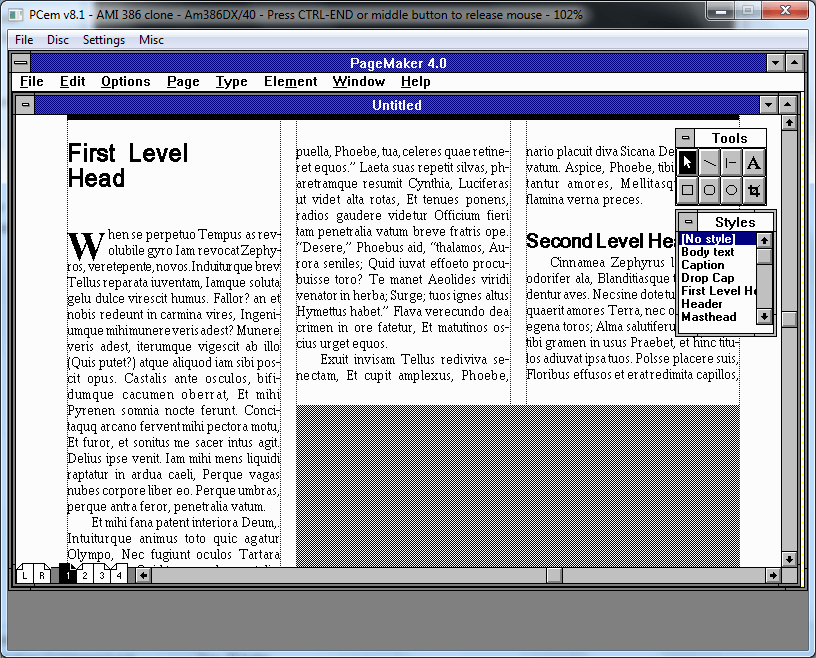
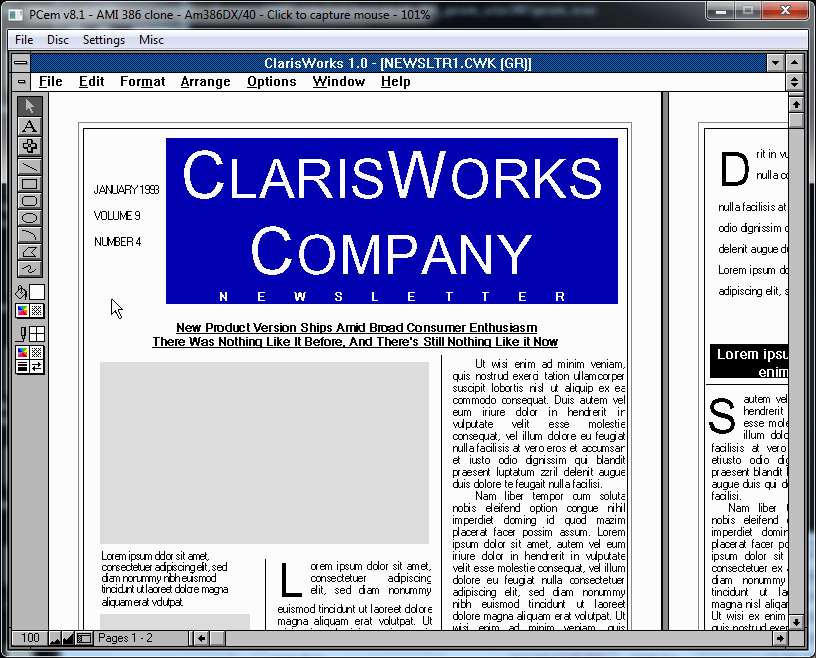
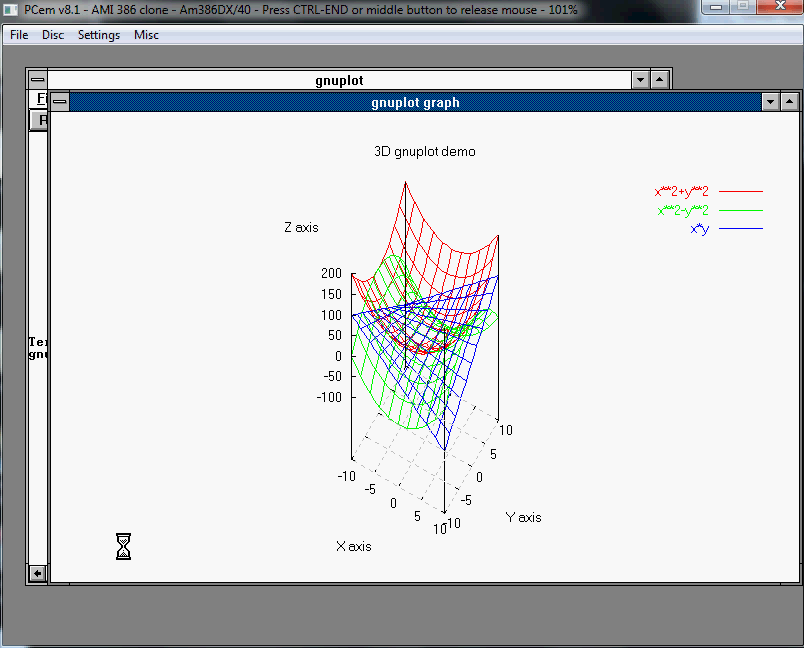

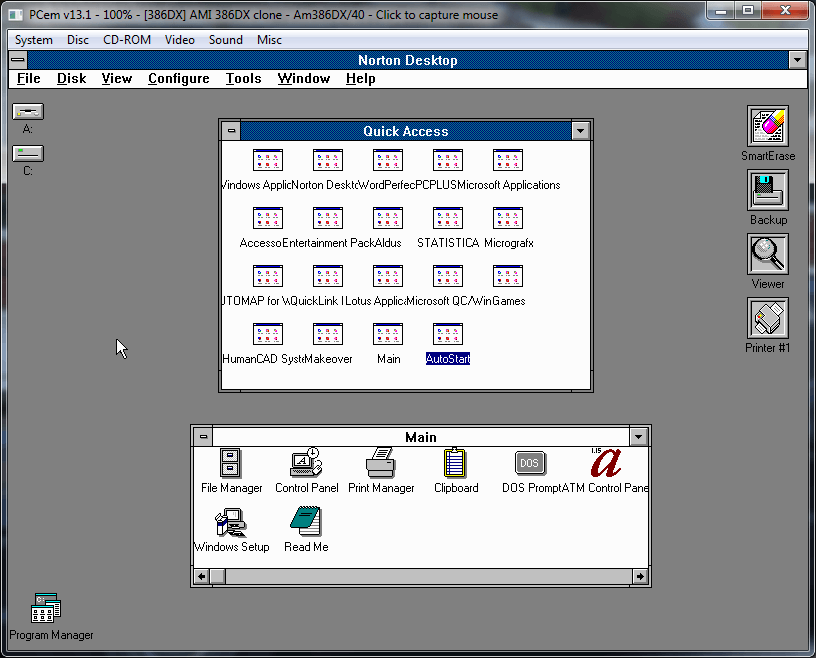

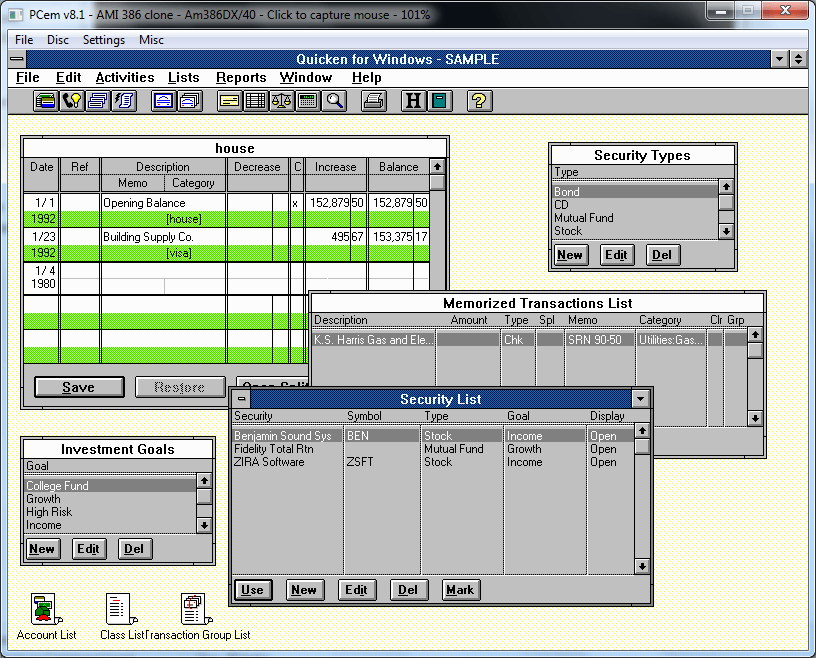
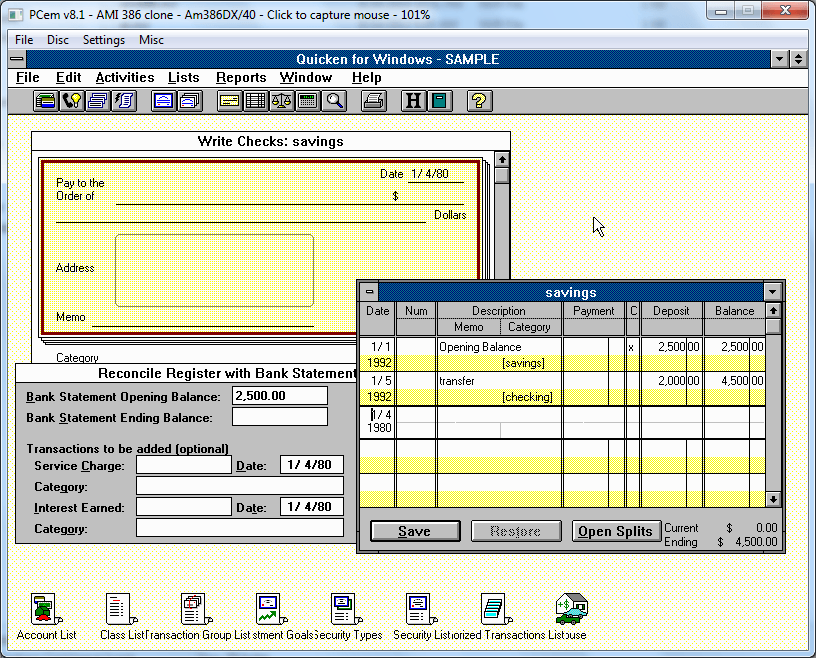

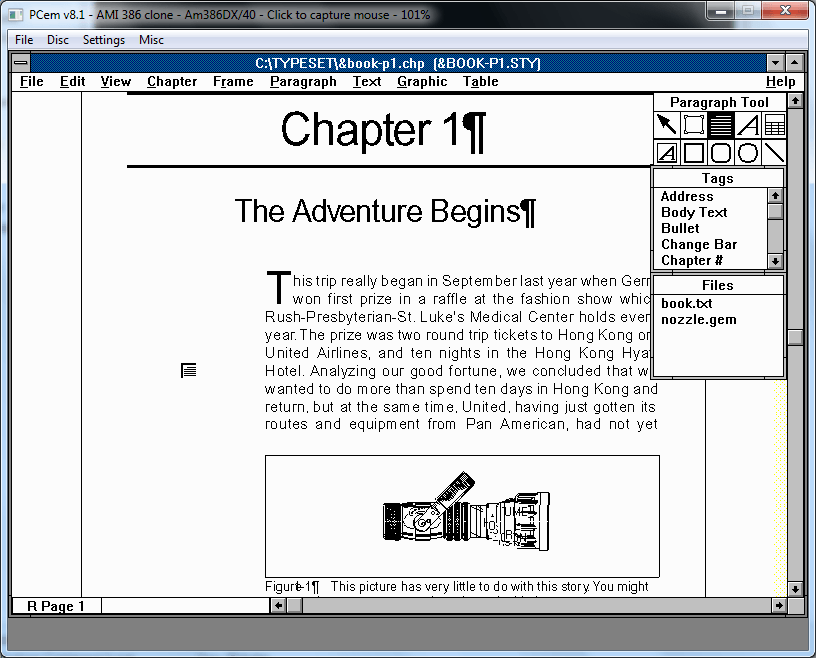
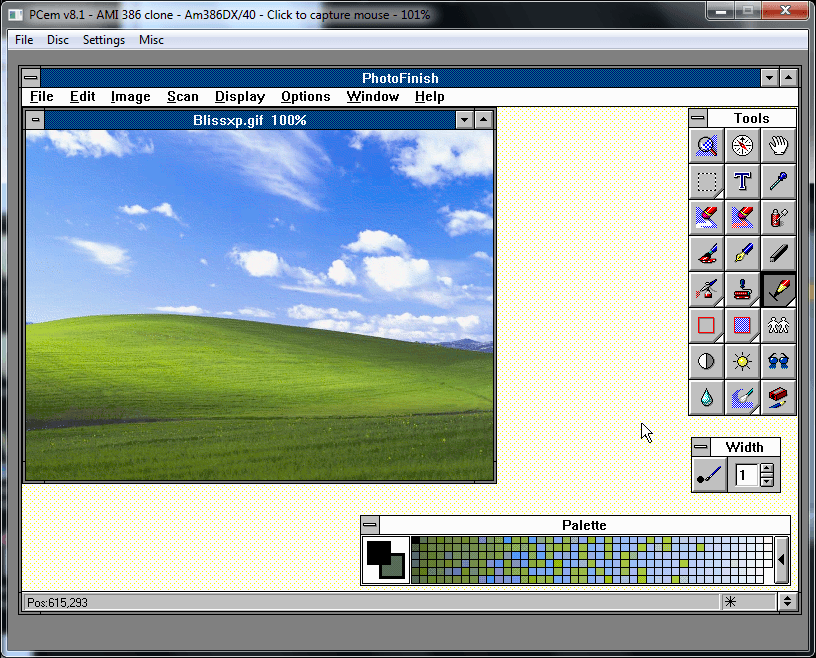
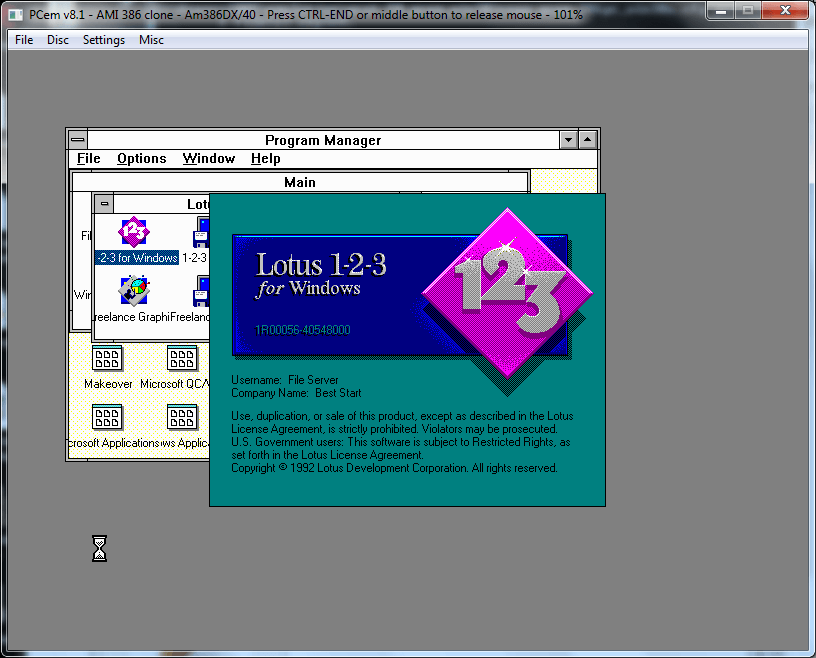
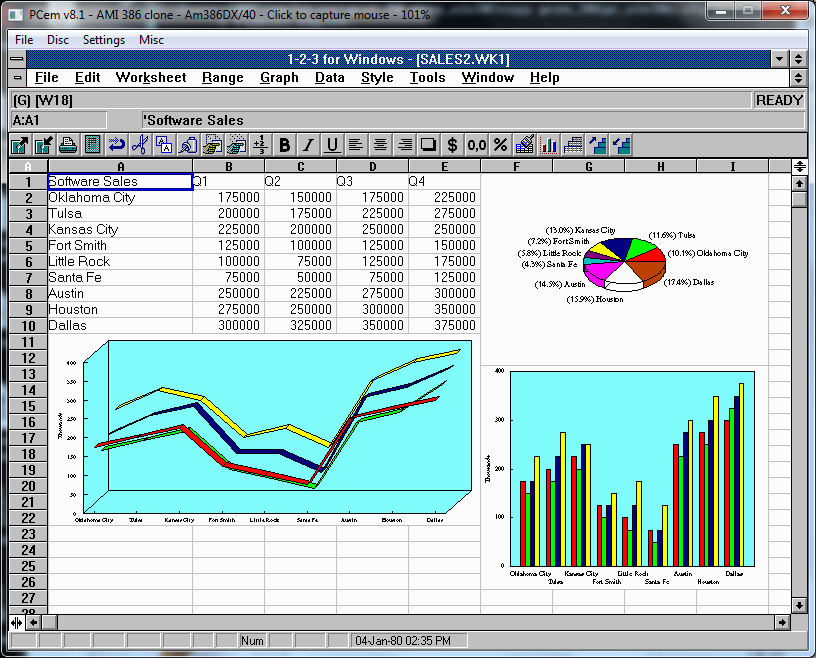
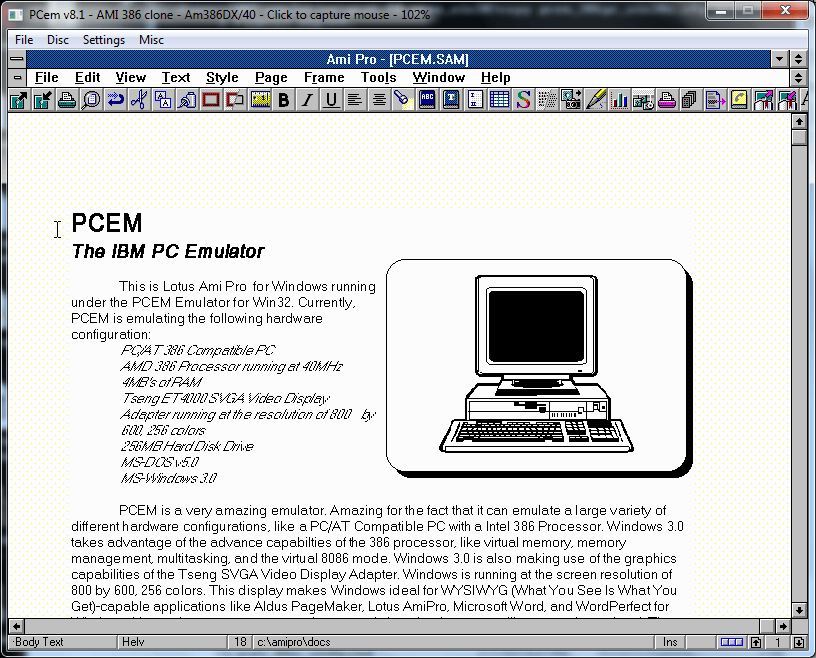



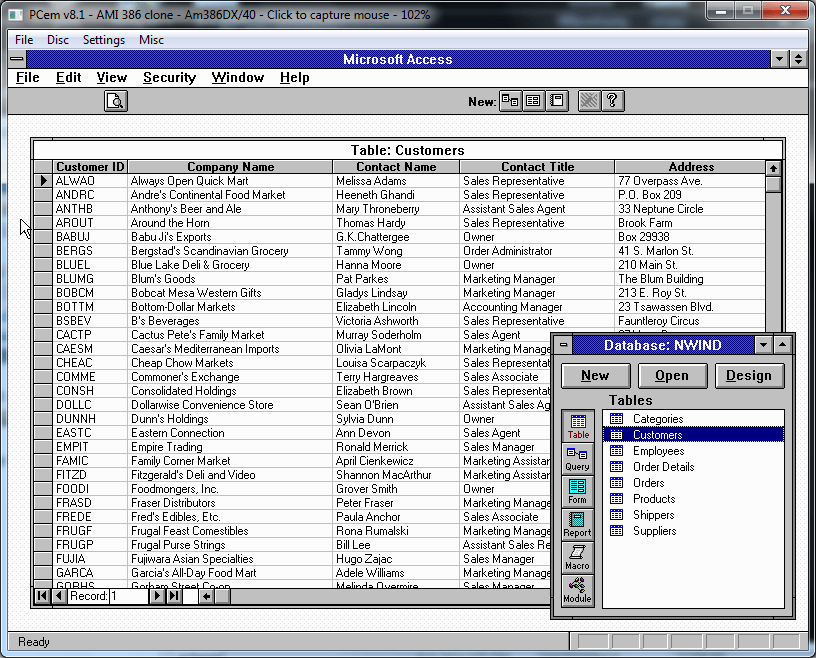
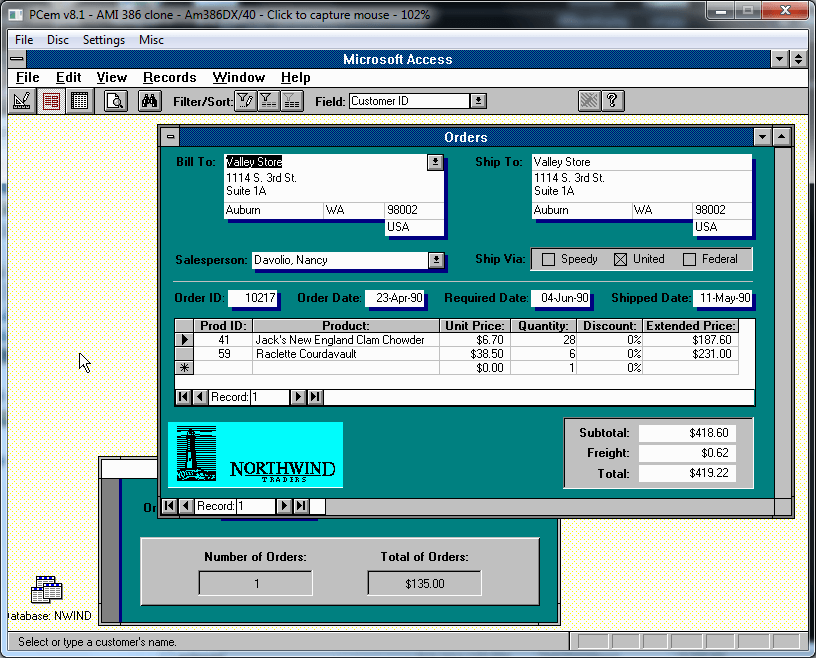
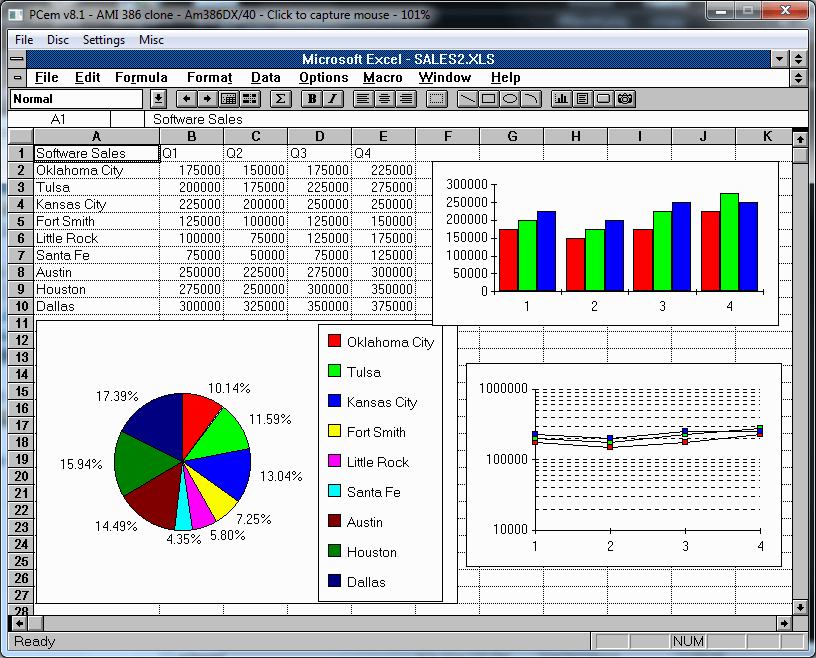
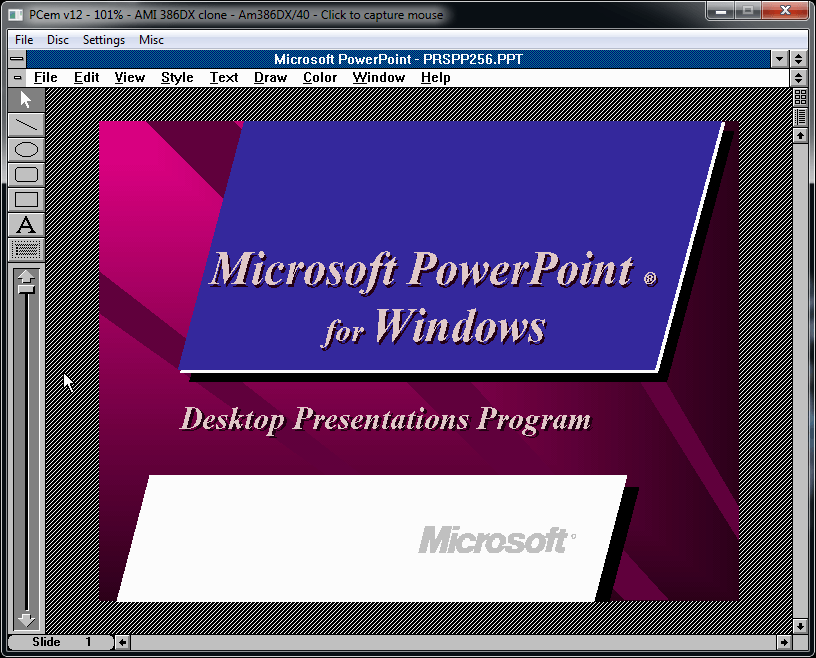
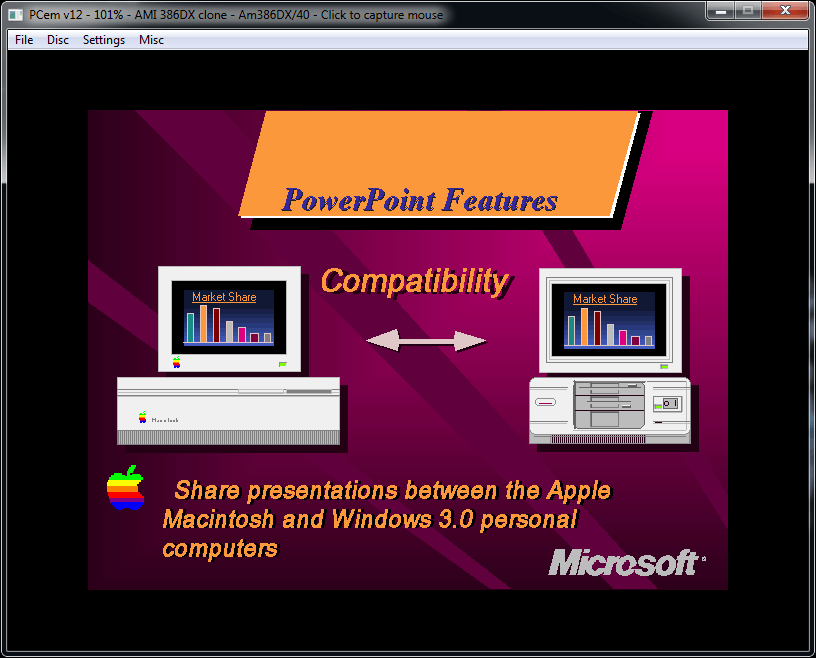
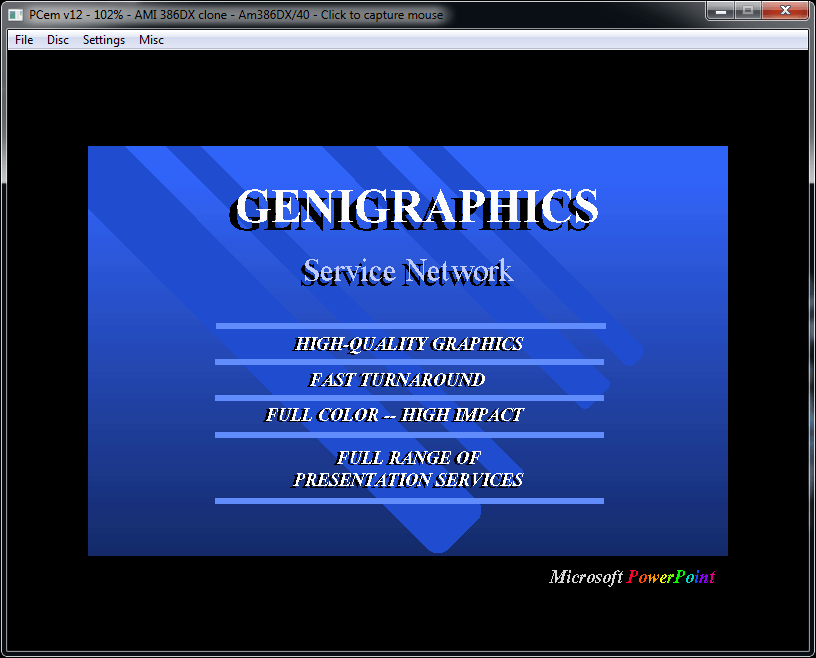
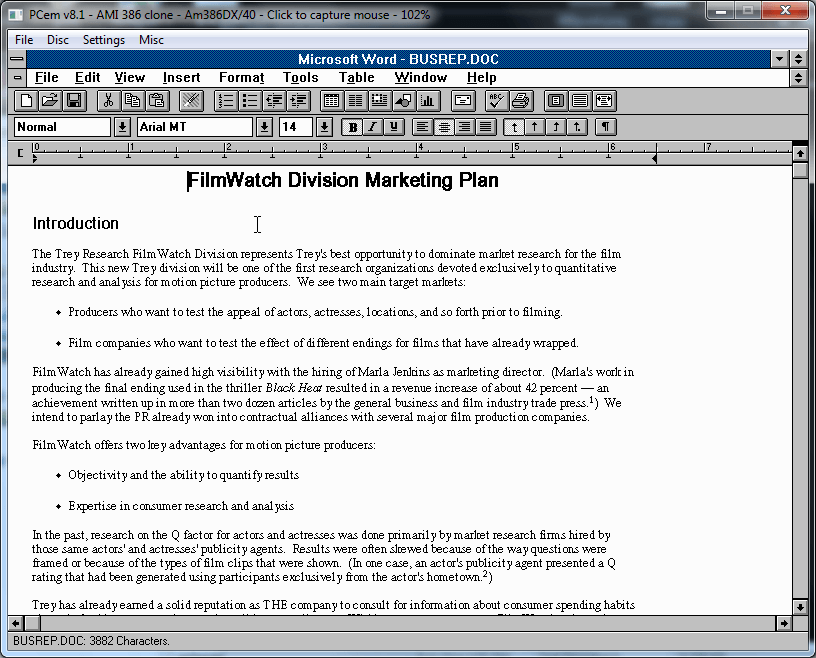
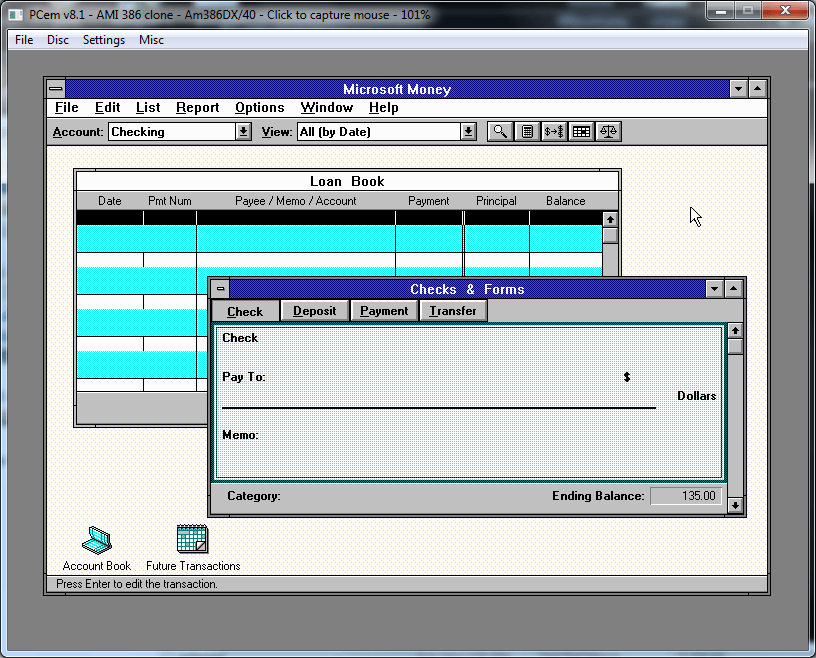
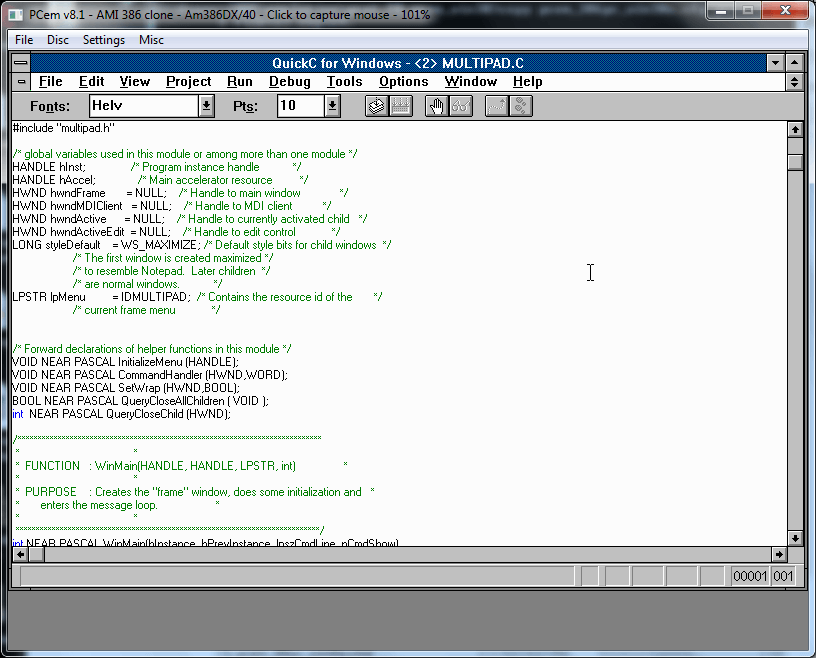
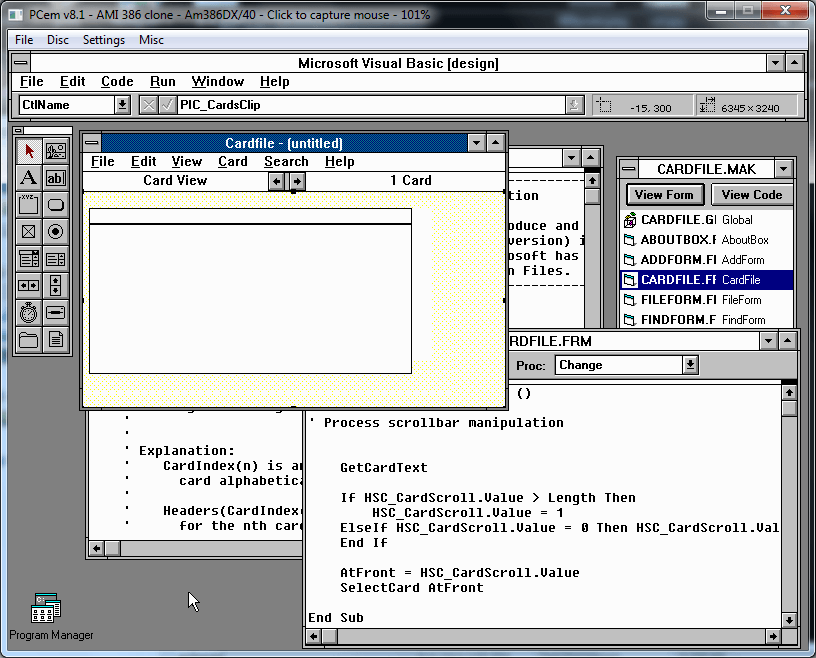









Comments
Post a Comment